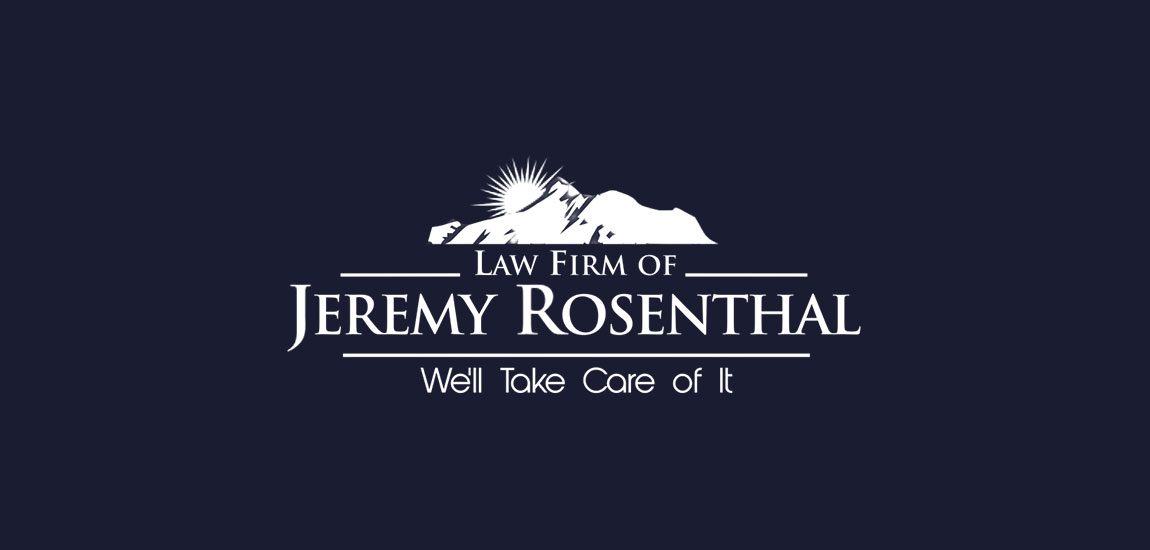This is the first of a six-part series titled Evidence & Proving Your Car Accident Personal Injury Case. There were slightly over 600 traffic fatalities in Colorado in 2016 and 2017 and many more injuries, and the state’s population continues to grow, bringing additional motorists to the already-congested roadways. Most of these auto accidents involved negligence, and many times acts of negligence result in personal injury claims or lawsuits.
Personal injury claims are civil matters that require plaintiffs to prove claims by a preponderance of the evidence, meaning they are more probable than not. These claims generally seek to prove that the defendant(s) demonstrated negligence. In proving negligence, it is necessary to show the defendant owed a duty, such as to operate their vehicle in a reasonably safe manner to prevent harm. It must then be shown that the defendant failed to maintain (breached) this duty, and this breach led to the injuries.
Colorado’s Tort System
Prior to 2003, Colorado operated according to a “no-fault” system related to automobile accident injury claims. This meant those involved in accidents each filed for damage compensation directly from their own insurance provider—regardless of who was at-fault.
Now Colorado follows a “tort system,” where fault is determined by the parties and recovery is pursued from the insurer(s) of the at-fault party. The state requires that drivers maintain liability insurance coverage for injuries of at least $25,000 per person ($50,000 per accident) and $15,000 designated for damage to property.
When Should You Pursue a Claim?
When injuries and damages to property are minimal, it may not be worth pursuing a claim if the insurance company’s offer is sufficient to cover the costs. You should consult a car accident and personal injury attorney in situations (1) with substantial injuries or losses; (2) when insurance offers seem inadequate; and/or (3) if responsibility is being disputed.
Attorneys can more accurately assess the fairness of a settlement offer. Your attorney can also ensure that injuries with long-term costs and consequences are accounted for. Insurance companies will generally proceed according to their best interests; thus, you should consider representation to protect your interests.
What is Admissible as Evidence?
Whether a personal injury case will prevail depends largely on the evidence introduced. Colorado’s Rules of Evidence explain the relevancy of evidence as to whether using it makes the existence of material facts more or less probable than if it were excluded. The prohibited evidence is outlined in federal & state constitutions, state statutes, and the rules of evidence. Evidence must be deemed as authentic, which may be confirmed in ways such as supported by expert testimony, scientific confirmation such as DNA, verifying it as a public record.
Types of Potential Evidence/Documentation
Parties may pursue documentation from various sources to use as evidence. Some of the most common in motor vehicle accident claims are:
- Medical: A report detailing the injuries from a physician is critical. This may include the type(s) of injuries, extent (severity), levels of impairment and treatment plans. There may be visual information, such as scans or X-rays. Medical reports may explain any inabilities that the injured may have now, in the future, and any impact it has on work capabilities.
- Witness accounts: Those who witness a vehicle accident may bring a unique perspective and add credibility to contentions of the parties.
- Photographic: Photos are among the most critical evidence because they are visual documentation that may be the lone means of illustrating the scene at the time as well as property damage, physical injuries and more.
- Expert opinion: Often parties may use expert witness testimony from individuals with unique expertise and knowledge to support assertions, simplify complex models, or offer opinions on medical findings etc.
- Accident reports: Police reports may have significant information such as the opinions of the officer who arrived at the scene. Attorneys may use a favorable police report as leverage in settlement negotiations in conjunction with other supporting documentation.
Spoliation & Evidence Preservation
If it is determined that a party knowingly or negligently destroyed critical evidence, this spoliation may be grounds for the court to impose sanctions (penalties). This may include providing instructions to a jury that are “inferred as adverse” to the party. The general assumption is that the reason someone would destroy evidence is if it were unfavorable or incriminating.
You can learn more about each type of the above-mentioned types of evidence in the next five parts of this series. In the meantime, if you have been involved in an auto accident, contact an experienced Denver car accident attorney to ensure evidence in your case is neither overlooked nor spoiled.

